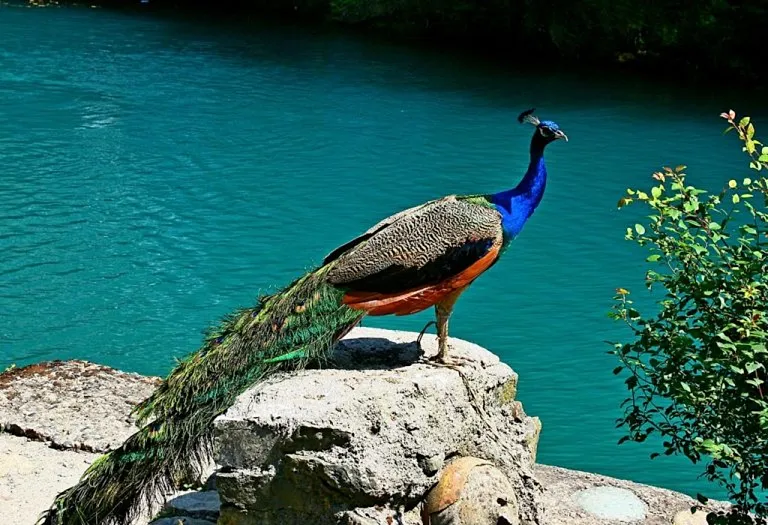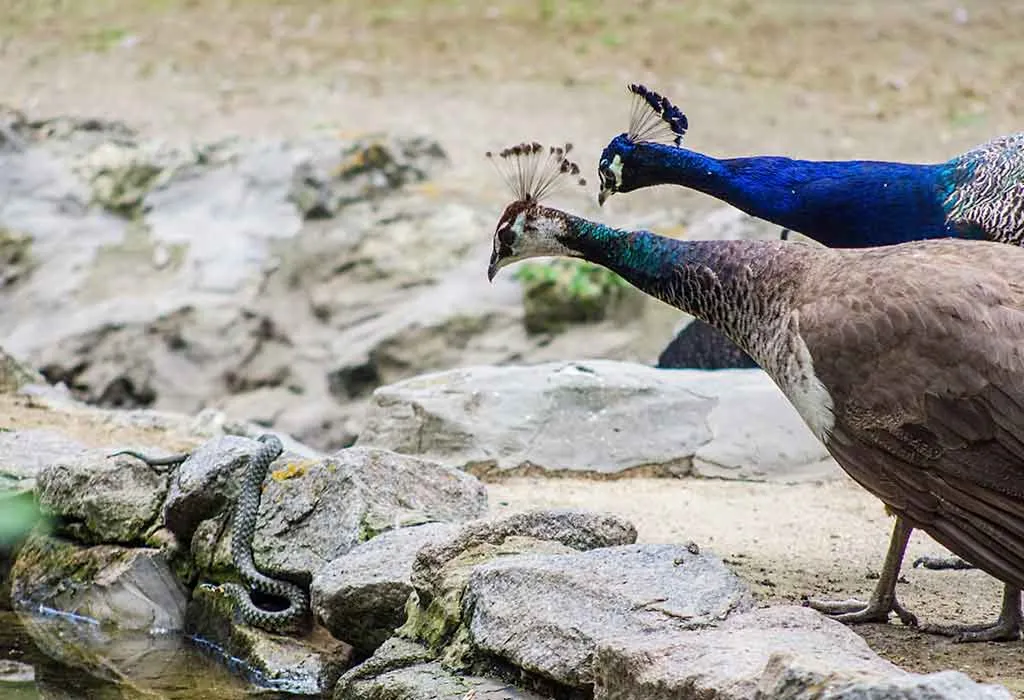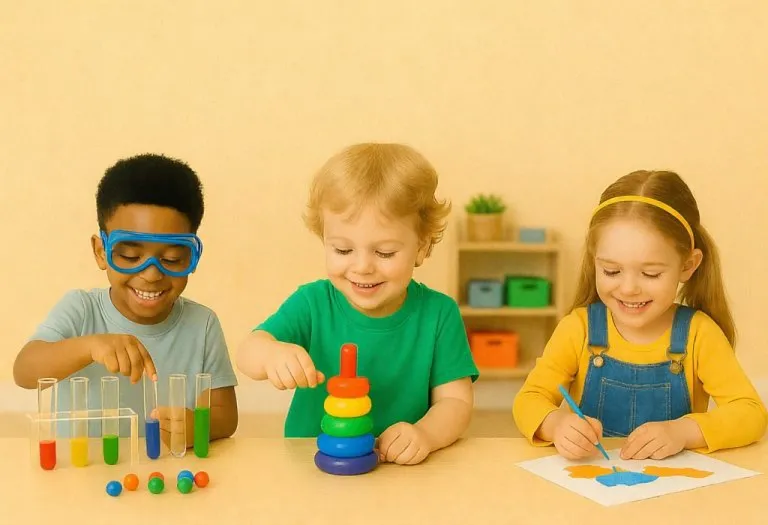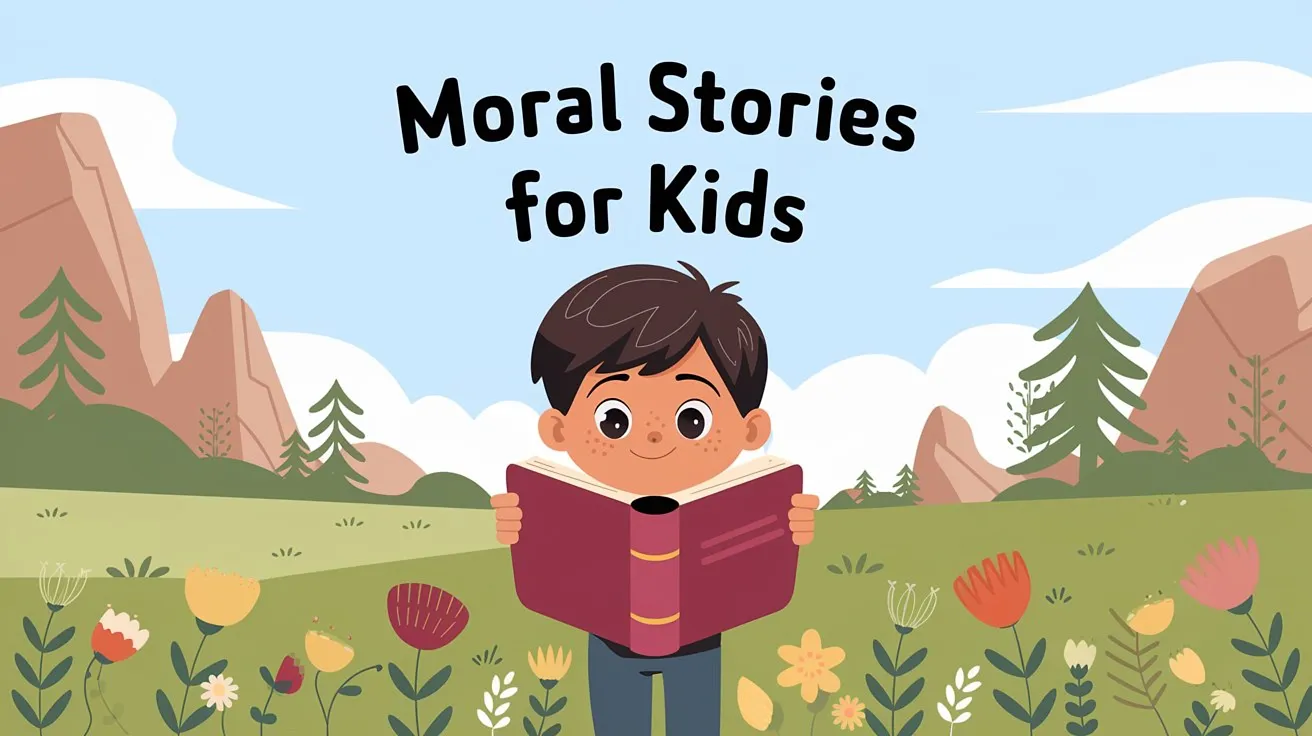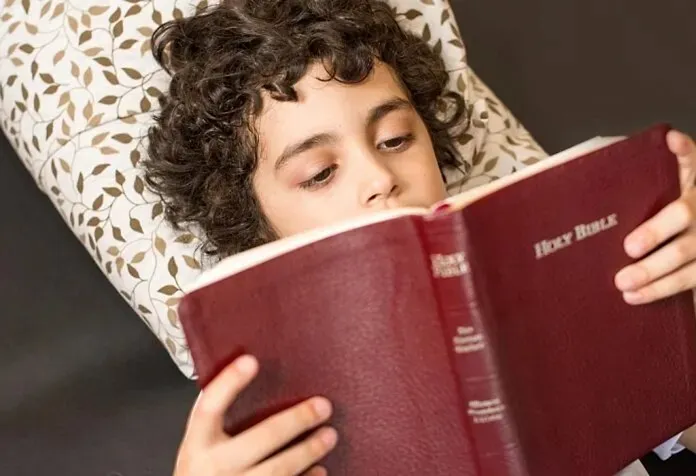24 Interesting Peacock Facts for Kids
We are a fortunate country to have the peacock as our national bird. The beauty of a peacock is unparalleled, and many merely dream of seeing a peacock dance when it attempts to welcome the rains. Telling these different peacock details to a child can help them look at it not just as a bird, but a beautiful creature with numerous exciting aspects surrounding it. Taking him to a zoo or showing him videos of a peacock on the Internet can help him understand the bird better and get to know more about peacocks. Check out these peacock facts for kids.
What Is a Peacock?
Peacocks are large, colorful birds known for their iridescent tail feathers and striking displays. They are part of the pheasant family and are native to South Asia.
Physical Features of Peacock
Here’s a fun fact about peacocks. Their feathers contain microscopic crystalline structures that reflect light, creating vibrant colors. White peacocks are a rare variant produced through selective breeding.
Habitats of a Peacock
Peacocks prefer living in forests and open areas with low trees. They are naturally found in India, Burma, and Sri Lanka, but have been introduced to other regions.
Behavior of Peacock
This is an amazing fact. Peacocks are social but can be shy and aggressive toward strangers or new birds. They engage in playful activities like chasing each other. They prefer sitting on treetops, especially at night. Peacocks are polygamous, mating with multiple peahens during the breeding season.
Peacock Feathers
The Indian peacock has the most beautiful and elaborate plumage. Peacocks shed all their feathers after the breeding season, which can be collected without harming the bird.
Cultural Importance of Peacocks
In Indian culture, peacocks symbolize humility and benevolence. They are associated with the Hindu goddess Saraswati, the Greek goddess Hera, and represent immortality in Christianity.
Some Predators of Peacocks
Wild peacocks face threats from tigers and other forest predators. Near villages, they are attacked by dogs, cats, and other domestic animals.
What Do Peacocks Eat?
Peacocks are omnivores, eating plants, seeds, flowers, grains, ants, frogs, young snakes, and even mice. They are known as snake catchers and can eat poisonous snakes, making them useful in villages.
Lifespan of a Peacock
Wild peacocks live about 20 years due to predators and harsh weather. In captivity (zoos or controlled environments), they can live up to 40 years.
Other Cool Facts About Peacocks
Here are some cool facts about peacocks:
- Unlike ducks, peacocks cannot swim due to their non-webbed feet.
- They make loud, varied sounds (up to 11 different types), including alarm calls, mating calls, and even fake calls for fun.
- Some regions keep peacocks as domesticated birds in open paddocks.
- Though usually slow, they can run up to 16 km/h and fly short distances (to escape predators or reach treetops).
- Peacocks display their feathers and dance to attract mates. Females lay 3-6 eggs, which hatch in a month.
- Indian peacocks are protected, but the Congo and Green peacock species are endangered due to hunting and habitat loss.
- Each peacock feather has a unique pattern, much like human fingerprints
- The “eyes” on a peacock’s tail feathers (ocelli) can confuse predators by creating the illusion of multiple watching eyes.
- Only males are called peacocks; females are peahens, and together, they are peafowl. Baby peacocks are called peachicks.
- When threatened, peacocks sometimes play dead to avoid predators.
- Peacocks were kept in royal gardens in ancient Persia, Babylon, and Rome as symbols of wealth and power.
- Young males don’t grow their full, elaborate tail feathers until they are about 2–3 years old.
- Peacocks don’t like rain. Their feathers get waterlogged easily, so they prefer to stay sheltered during heavy rain.
- They can recognize themselves in mirrors. A sign of self-awareness, which is rare in birds.
- Peacocks can “cry” like a human baby – Some peacock calls sound eerily similar to a human infant’s cry, which can be startling to hear in the wild! This high-pitched, wailing call is often used as an alarm signal.
FAQs
1. Can peacocks really dance in the rain?
Yes! Peacocks often spread their feathers and spin during light rain, possibly to shake off water or show off. Some believe they “dance” to celebrate the monsoon season, but it’s really part of their natural behavior.
2. Do peacocks have teeth?
No! Like all birds, peacocks don’t have teeth. They swallow food whole and use their strong beaks to crush seeds, insects, and small prey.
3. Why do peacocks shake their feathers?
When a peacock rattles its tail feathers, it creates a shimmering sound to attract peahens. Scientists think the vibrations might also help scare away predators like snakes!
4. Can peacocks live in cold weather?
Peacocks hate cold climates! Their tropical origins mean they need warm temperatures. In winter, they fluff up their feathers and seek shelter to stay warm.
5. Are white peacocks albino?
No—they’re leucistic, meaning they have reduced pigment (not a complete lack, like albinos). Their eyes are blue, not red, and they’re just as healthy as colorful peacocks!
Teaching many Indian peacock facts for kids is essential so that your child is aware of the bird’s nuances. Knowing why it is necessary to protect such birds can help him become more caring and informed towards other animals around him and be a better individual.
Also Read:
Amazing Bird Facts for Kids
Facts About Parrot for Kids
Facts About Animals for Children
Butterfly Facts and Information for Kids
Was This Article Helpful?
Parenting is a huge responsibility, for you as a caregiver, but also for us as a parenting content platform. We understand that and take our responsibility of creating credible content seriously. FirstCry Parenting articles are written and published only after extensive research using factually sound references to deliver quality content that is accurate, validated by experts, and completely reliable. To understand how we go about creating content that is credible, read our editorial policy here.





